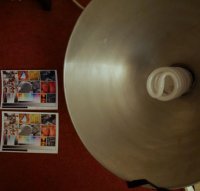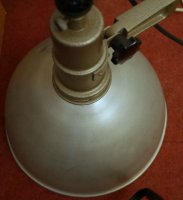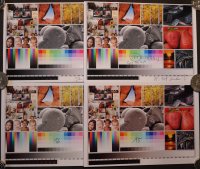- Joined
- Dec 27, 2014
- Messages
- 6,178
- Reaction score
- 7,365
- Points
- 373
- Location
- Germany
- Printer Model
- L805, WF2010, ET8550, T3100X
I was running out of a light ink at one time, so I just took what was at home, and it's working with this stuff
http://www.octopus-office.de/shop/d...tronen-druckkopfreinigung-rsl-rinse-solution/ but o.k., I'm doing my own profiles so I don't depend on an exact replication of the mixing ratio of the original ink. And I use it for dye and pigment inks since then.
http://www.octopus-office.de/shop/d...tronen-druckkopfreinigung-rsl-rinse-solution/ but o.k., I'm doing my own profiles so I don't depend on an exact replication of the mixing ratio of the original ink. And I use it for dye and pigment inks since then.





